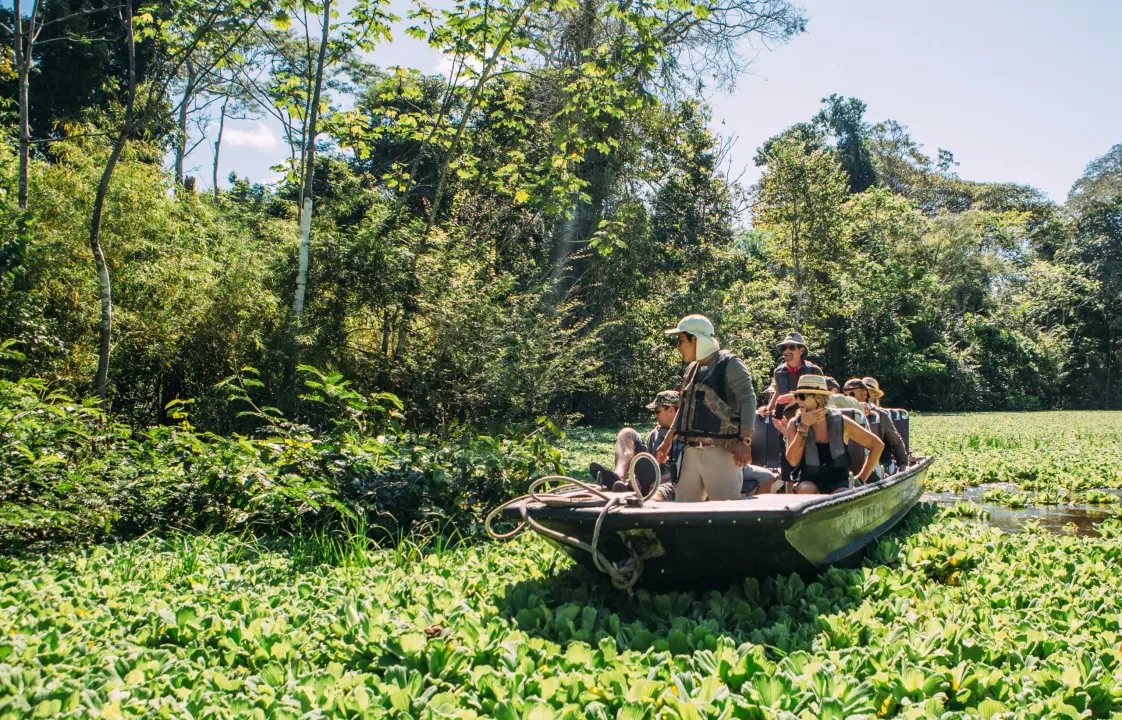
Rice: Vietnam and Cambodia’s Sacred Ingredient
31 Jan 2024 | Mekong, Destinations
Almost two-thirds of the world’s population depend on rice as part of their daily sustenance. With over 2,000 varieties, rice is used not only in southeast Asian cuisine but also throughout the economy as a source of fuel, for livestock feed and in holy ceremonies.stivities. For those looking to discover this magnificent destination beyond its natural attractions, June is the perfect month to visit.
In Vietnam and Cambodia, where the Aqua Mekong sails, rice is still considered sacred and has shaped Vietnamese and Cambodian cultures and tradition for centuries. Rice is typically grown in flooded fields requiring a constant supply of water and is known as “lowland rice” or wet rice and pending climate change, is ideally harvested two or three times in a year.
Rice can be turned into everything from paper to pudding and can take many forms from steamed, to puffed and flaked. The many varieties of rice come in white, brown, red, black or amber colors and rice grains can be either short or long, and thick or thin. Rice kernels are used to make noodles, wine, cosmetics and cooking oil and stalks made into straw are used for sandals, hats, baskets, ropes, brooms and thatched roofs. Rice hulls provide fuel and fertilizer.
The Importance of Rice In Vietnam
Rice is considered the unofficial symbol of Vietnamese culture for a variety of reasons. Did you know the Mekong River Delta is one of the largest rice producers in the world? Vietnam claims to be number 2 in worldwide rice production and is a major exporter to other countries.
Rice is also used for worshipping in many Vietnamese temples? The grain, a staple of the national diet, is seen as a “gift from God.” There is an old legend of a young prince who wins the right to be king by making a simple and sumptuous cake (“banh chung”) using the precious ingredient rice. Filled with green peas and pork – one rice cake is square and the other is a circle representing the sky and the earth. The cakes represent the virtue of respect towards elder and ancestors. This Vietnamese tradition continues in practice today often as part of New Year’s celebrations when families gather together to make and then eat these symbolic rice cakes.

The Role of Rice In Cambodian Life
Rice is so important to Cambodians that even their language makes reference to the grain and its value. For example, to eat translates “To eat rice” and the kitchen is referred to as “the kitchen where rice is cooked.” Cambodian travelers may encounter fried rice, boiled rice, sticky rice, steamed rice, rice noodles, rice soup, rice cakes, rice porridge or rice popcorn on their travels through the country. Breakfast is often rice porridge or rice noodles and traditional Khmer households eat rice at all three daily meals.
Similar to Vietnam, rice also continues to play a role in Cambodian religious traditions. Pchum Ben is a religious festival on the 15th day of the tenth month that pays respect to deceased relatives. An ancient ritual during Pchum Ben incorporates Buddhist monks tossing rice balls in the air or into an empty field to feed the spirits.
Learn more about the critical role and uses of rice in Southeast Asia on your cruise with us on the Aqua Mekong.


